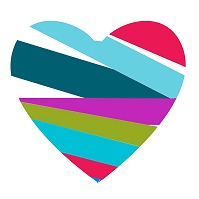
If you haven’t already heard, I’ll be heading to ClexaCon this April! I’m incredibly excited as I’ll be on two panels. One is about sex ed for queer peeps called Let’s Get Cliterate! The other panel is about disability representation in queer media.
For the latter one, we’ve set up a GoFundMe to raise funds for those of us traveling to Vegas for the conference.
This panel is so needed. The fundraiser will go to cover travel and lodging during the conference for our panel peeps. One of our panel peeps has, unfortunately, had to drop out due to health, and we’re hoping to have some surprises from them at our panel at least.
Please consider donating. I’m driving and staying at an Airbnb to save on costs. Still, with having to get a new car sans planning, having any money to cover our travel and lodging would be very much appreciated. And that’s just me! There are others attending that could use the help as well.
Please consider sharing even if you’re unable to donate.




![screenshot of a facebook post - "/food/ I feel way too excited about my gluten free cupcakes right now... especially because these turned out absolutely perfect despite getting fancy and adding peppermint. [Photo of chocolate cupcakes in a silver cupcake pan on a stove with a purple-backed white caption: "when ya make gorgeous GF cupcakes"]"](https://i0.wp.com/www.chronicsex.org/wp-content/uploads/2018/01/facebook-e1515077675518.png?resize=350%2C333&ssl=1)













